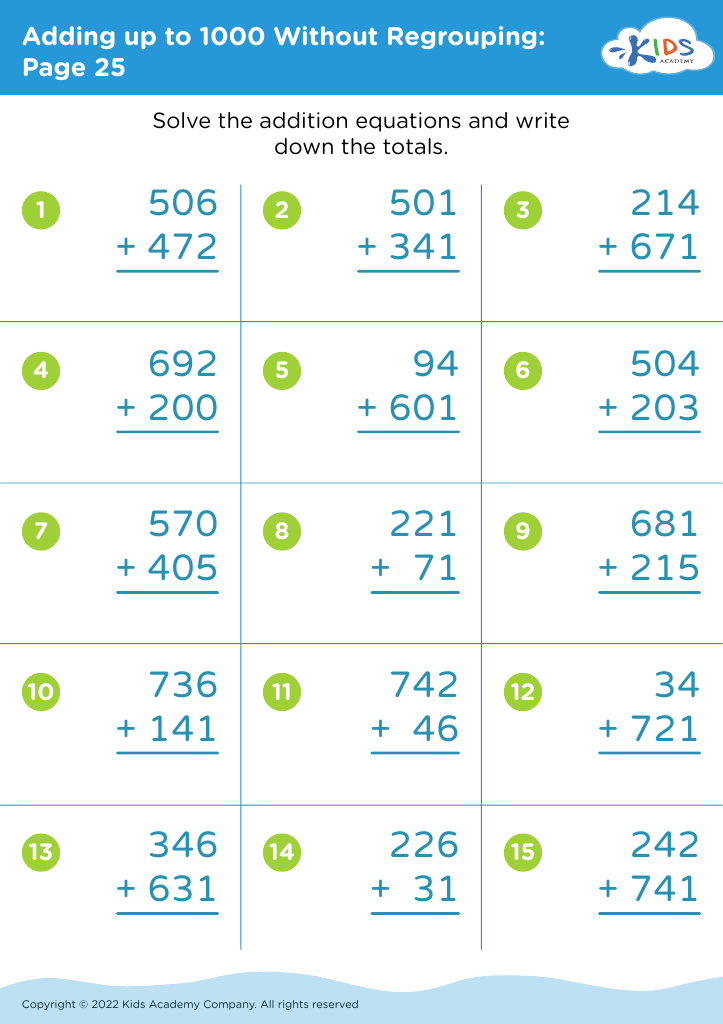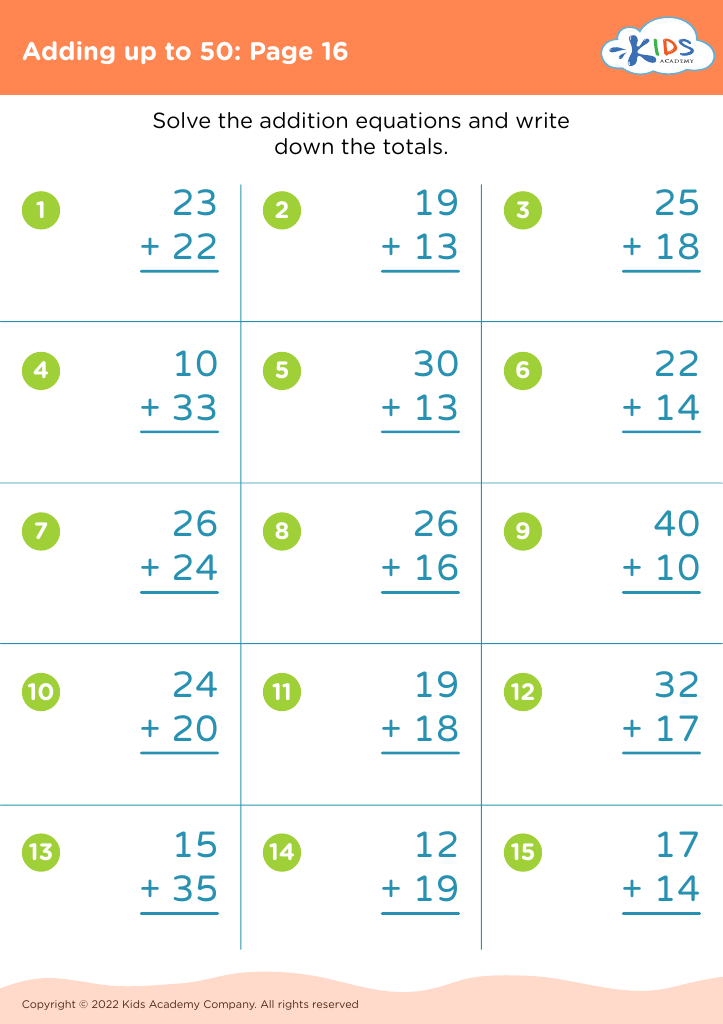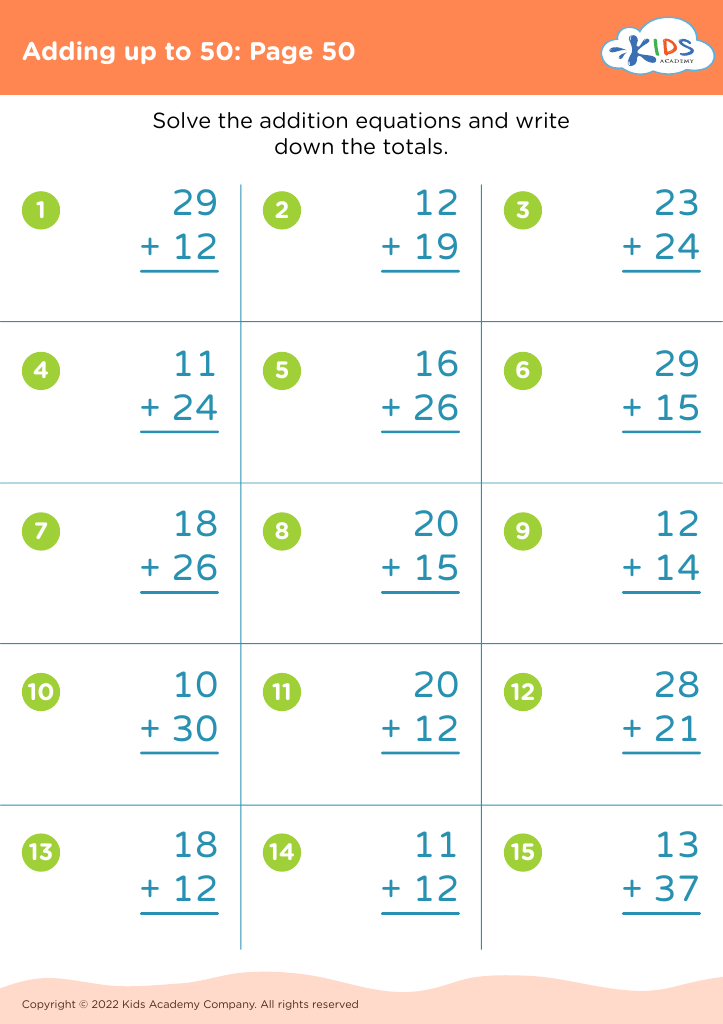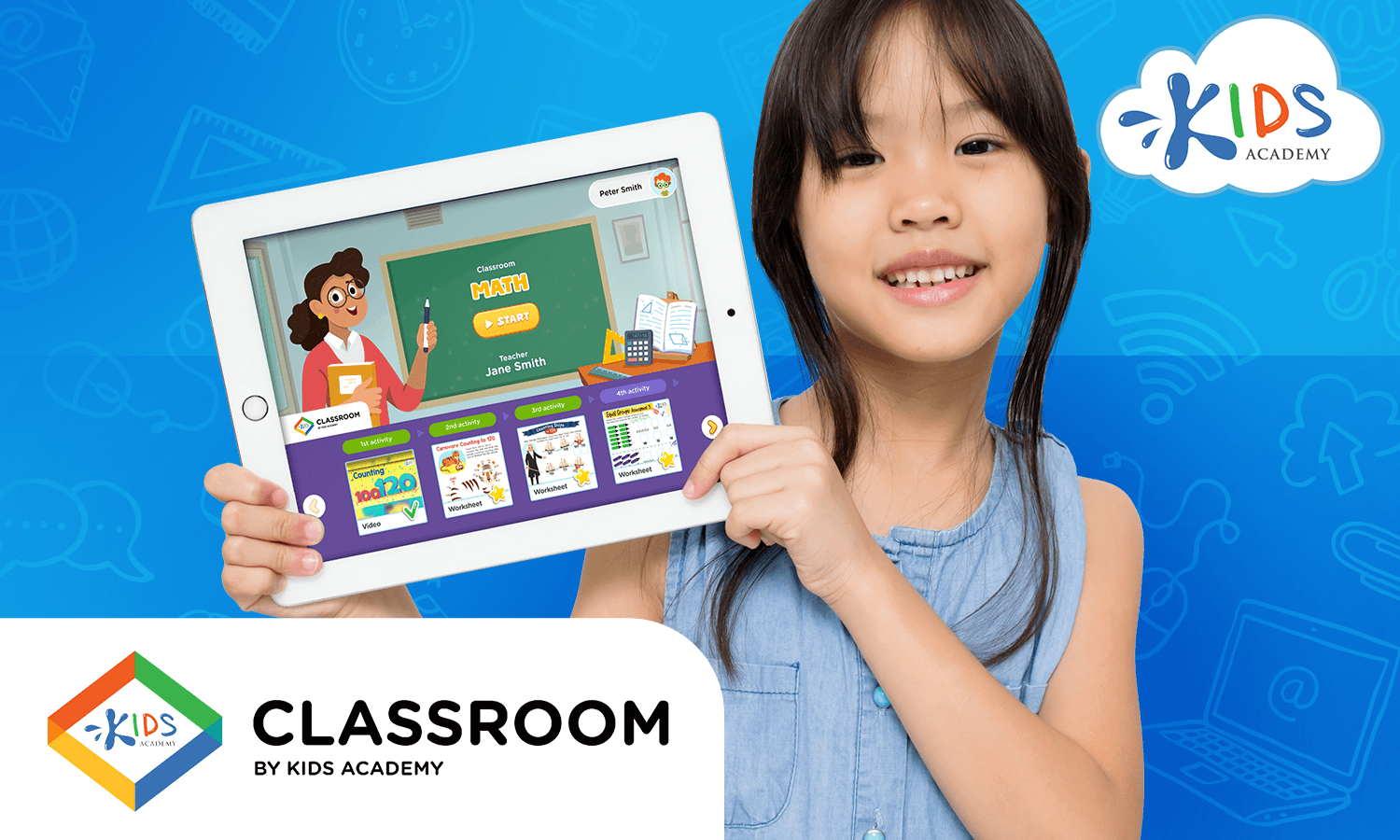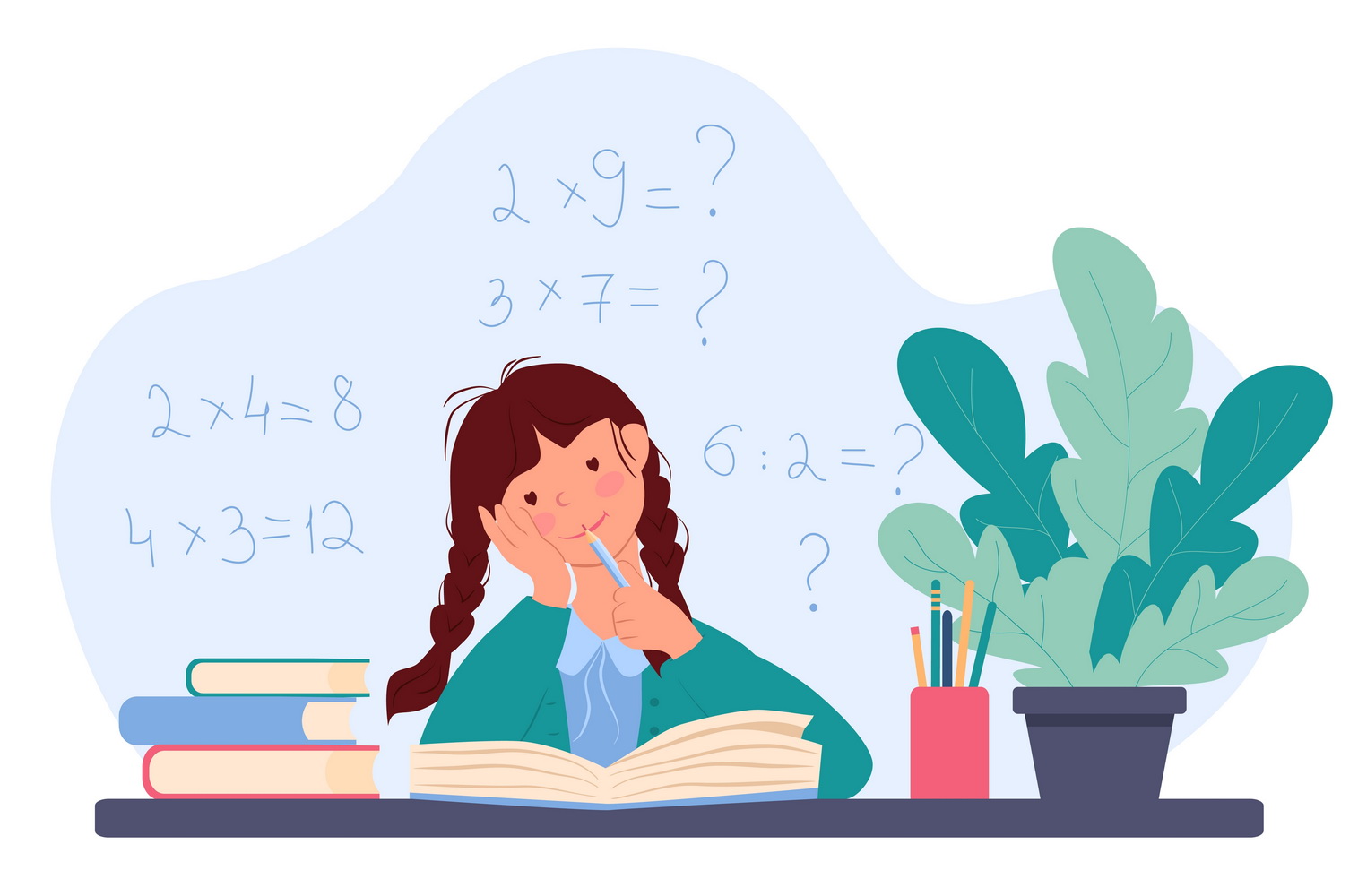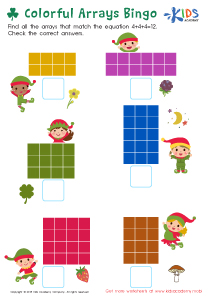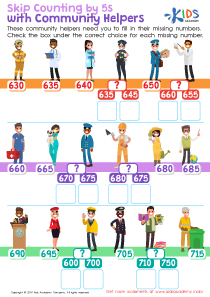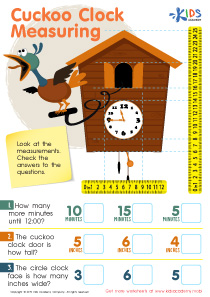Reading clocks Grade 2 Math Worksheets
3 filtered results
-
From - To
Discover our engaging Grade 2 Math worksheets on reading clocks, designed to make learning fun for young learners! These printable resources help students grasp essential time-telling skills, from reading analog and digital clocks to understanding the concepts of hours and minutes. Our colorful, interactive worksheets provide diverse activities that cater to different learning styles, including matching, fill-in-the-blank, and problem-solving exercises. Ideal for classroom use or at-home practice, these worksheets encourage children to develop critical thinking and improve their math proficiency. Enhance your child's confidence in reading clocks today with these tailored learning tools from Kids Academy!
Reading clocks is an essential skill for second graders, and both parents and teachers should prioritize it for several reasons. Firstly, telling time fosters independence and responsibility; children who can read a clock can manage their schedules better, understand routines, and develop a sense of time management.
Additionally, mastering this skill enhances cognitive development and problem-solving abilities. Understanding how to read both analog and digital clocks encourages children to practice math in real-world situations, reinforcing concepts such as counting, addition, and the division of time into parts (quarters, halves, etc.).
Furthermore, reading clocks promotes a connection to daily life and context. Knowing when to do homework, start bedtime routines, or arrive for activities helps children make time-related decisions. This reality anchors mathematical concepts to practicality, making learning more meaningful.
Lastly, involving parents in teaching this skill can strengthen the child-parent bond. Simple activities, such as planning family outings or cooperative games using the clock, can make the experience enjoyable and collaborative. Ultimately, by caring about reading clocks, both parents and teachers play a crucial role in helping children grow into capable, confident individuals who can navigate their daily lives and socialize effectively.
